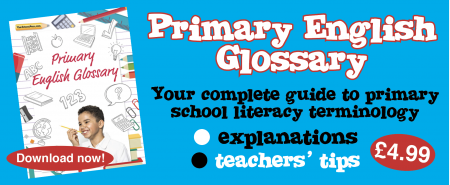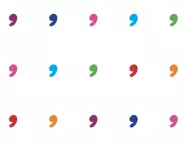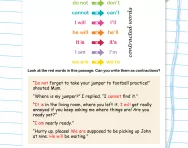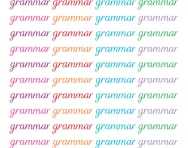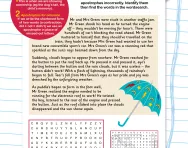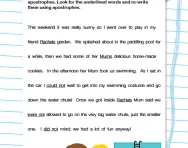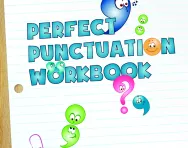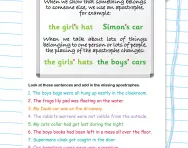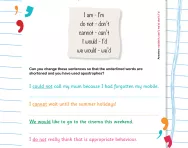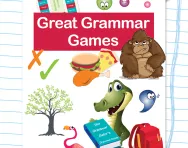Important update from TheSchoolRun
For the past 13 years, TheSchoolRun has been run by a small team of mums working from home, dedicated to providing quality educational resources to primary school parents. Unfortunately, rising supplier costs and falling revenue have made it impossible for us to continue operating, and we’ve had to make the difficult decision to close. The good news: We’ve arranged for another educational provider to take over many of our resources. These will be hosted on a new portal, where the content will be updated and expanded to support your child’s learning.
What this means for subscribers:
- Your subscription is still active, and for now, you can keep using the website as normal — just log in with your usual details to access all our articles and resources*.
- In a few months, all resources will move to the new portal. You’ll continue to have access there until your subscription ends. We’ll send you full details nearer the time.
- As a thank you for your support, we’ll also be sending you 16 primary school eBooks (worth £108.84) to download and keep.
A few changes to be aware of:
- The Learning Journey weekly email has ended, but your child’s plan will still be updated on your dashboard each Monday. Just log in to see the recommended worksheets.
- The 11+ weekly emails have now ended. We sent you all the remaining emails in the series at the end of March — please check your inbox (and spam folder) if you haven’t seen them. You can also follow the full programme here: 11+ Learning Journey.
If you have any questions, please contact us at [email protected]. Thank you for being part of our journey it’s been a privilege to support your family’s learning.
*If you need to reset your password, it will still work as usual. Please check your spam folder if the reset email doesn’t appear in your inbox.
What is an apostrophe?
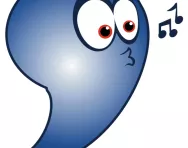
What is an apostrophe?
Apostrophes are punctuation marks. In English we use them in two ways, to show possession and to show contraction (or omission).
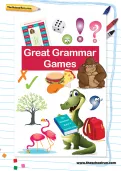
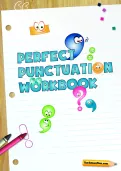
Download Fantastic FREE Grammar Resources!
- Perfect Punctuation Workbook
- Grammar Games Pack
- PLUS 100s of other grammar resources
Apostrophes to show possession
Apostrophes are used to tell us that something belongs to someone. For example, if you were talking about a football belonging to Ben, you would say ‘Ben’s football’. 
There is only one of Ben, so this is called singular possession.

In the example above ONE girl owns ONE hat and Simon owns ONE car.
When a singular proper noun ends in s, the national curriculum states that the suffix to use to indicate possession is 's (though other style guides often use the apostrophe only). In other words, according to the national curriculum it's St. James's Park, not St. James' Park.
If there are two or more people owning something, an apostrophe is needed to show plural possession.
In this case the apostrophe goes after the plural owners, so if a group of girls each own a hat and you want to talk about all these hats, you would say ‘the girls’ hats’.

Apostrophes to show contraction or omission
If we put two words together and miss out some letters, we need to add an apostrophe where the missing letters are. For example: ‘do not’ would change to ‘don’t’, the contracted form.
When do children learn about apostrophes in primary school?
Under the 2014 curriculum, children in Year 2 are taught to use apostrophes for singular possession. They would also be taught to use apostrophes for contraction.
There is no mention of apostrophes in Year 3, but a good teacher will ensure that this Year 2 objective is consolidated throughout Year 3.
In Year 4, children move onto using apostrophes to show plural possession.
Apostrophes are not mentioned in Year 5 and Year 6, but again teachers should continue to consolidate this topic throughout a child’s time at primary school.
Apostrophes in the primary-school classroom
Teaching methods will vary from teacher to teacher: some teachers may spend whole lessons on showing children how to use apostrophes, or they may simply spend 5 or 10 minutes at the start of each lesson on punctuation. Teachers should also highlight pupils’ misuse of apostrophes in their marking.
Methods for teaching apostrophes may include the following:
- Worksheets giving a list of different sentences, where children have to add apostrophes in the correct place.
- Matching cards, for example ‘I am’ with ‘I’m’. These are very good for helping to familiarise a child with the spellings and apostrophe placing of different words.
- Computer programmes and games where children are required to move a virtual apostrophe and put it in the correct place. These are very popular, as they usually give children immediate feedback on whether they have got something right or not.
- A teacher may dictate words or sentences to children containing apostrophes as a test to see if they are able to write the word or sentence, including putting the apostrophes in the correct place.
- Visual classroom displays that show children rules and examples regarding apostrophes.
- Punctuation karate / kung fu, where children are given a karate action (plus energetic vocal!) to go with a particular type of punctuation. They may be asked to spell out some letters and include the action that represents an apostrophe. This is an excellent activity that helps children to learn in a fun way through physical activity.
